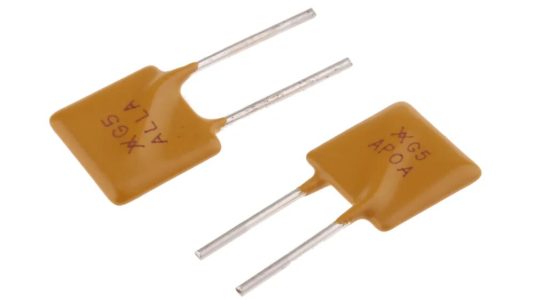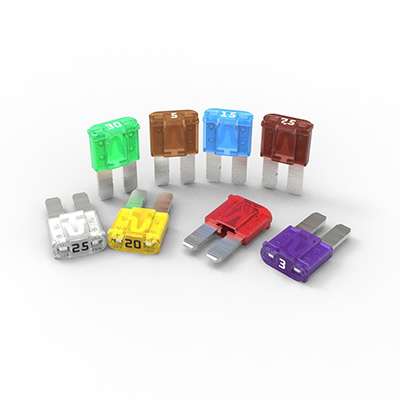Exploring 12V Glass Fuses in Automotive Electrical Systems
News 2025-10-27
In automotive engineering, 12V glass fuses serve as critical safeguards for electrical circuits, preventing damage from overcurrent and short circuits. These fuses feature a glass tube containing a metal filament that melts when current exceeds safe limits, effectively breaking the circuit. Widely adopted in vehicles, they ensure reliable operation of systems operating at 12 volts, from basic lighting to complex electronics, making them a staple in modern automotive design.

Performance Benefits
12V glass fuses excel in providing fast-acting protection, with response times that limit fault durations and reduce potential harm to components. Their transparent glass body allows for easy visual inspection of the fuse element, facilitating quick diagnostics in field conditions. Constructed with durable materials, these fuses offer consistent performance across temperature variations commonly encountered in automotive environments, enhancing overall system longevity and efficiency.
Key Application Areas
Within vehicles, 12V glass fuses protect diverse systems such as lighting circuits, where they guard against overloads in headlights and taillights. They are also integral to entertainment and control systems, including radios and power windows, ensuring that electrical faults do not compromise safety or functionality. In commercial fleets and personal cars alike, these fuses adapt to various setups, supporting the integration of aftermarket accessories while maintaining circuit integrity.
Common Questions
1、What is the purpose of a 12V glass fuse in a car?
It protects electrical circuits by interrupting current flow during faults, preventing damage to wiring and components.
2、How do I identify a blown 12V glass fuse?
Look for a broken or melted wire inside the glass tube, or use a multimeter to check for continuity across the fuse terminals.
3、What fuse ratings are typical for automotive use?
Ratings usually range from 5A to 30A, chosen based on the circuit’s current draw to balance protection and reliability.


